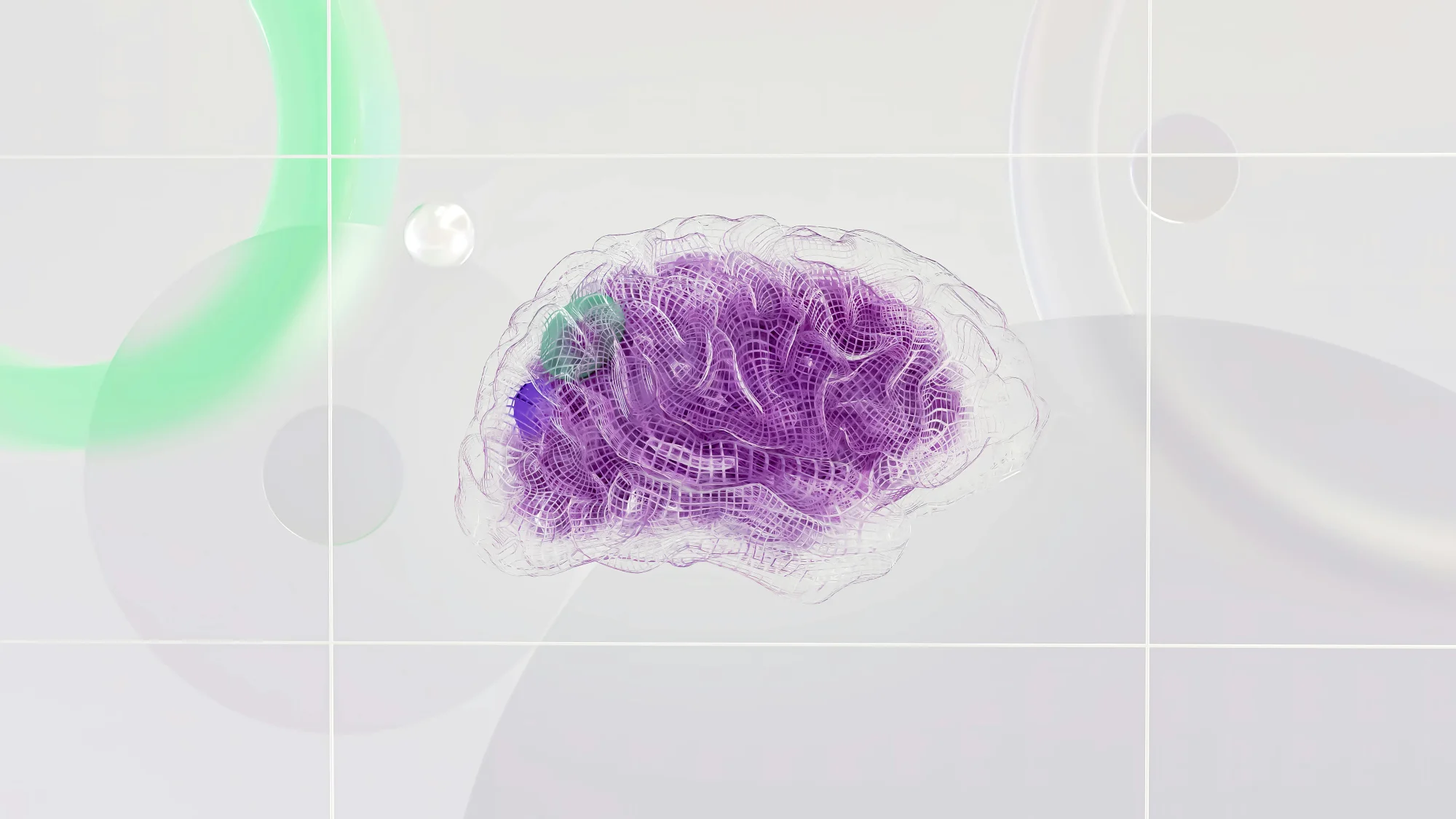Introduction to Spaced Repetition
Imagine a learning technique that not only helps you absorb new information but also embeds it into your long-term memory. This is the power of spaced repetition, a study method that has been scientifically proven to boost retention. Whether you're a student studying for exams, a professional looking to master new skills, or a language learner trying to grasp Mandarin, including Chinese characters, spaced repetition can significantly enhance your learning efficiency.
Spaced repetition is a technique that involves reviewing and recalling information at increasing intervals, ensuring the information is learned at a sufficient level. This method provides an effective alternative to cramming, a practice that often leads to quick forgetting. Instead, spaced repetition aids the transition of knowledge from your short-term to long-term memory, enabling more durable learning. This technique is not only beneficial for academic studies but also for any learning endeavor, including language acquisition, professional development, and personal growth.
In the following sections, we'll delve deeper into the science behind spaced repetition, its practical applications, and how you can implement it in your study routine. Specifically, we'll explore how Traverse leverages this technique to aid Mandarin learning, making it a valuable tool for our lifelong learners. So, if you're ready to revolutionize your learning process and master your memory, let's dive into the world of spaced repetition.

Understanding the Science Behind Spaced Repetition
If you've ever wondered why some facts stick in your mind while others vanish almost instantly, you're about to crack the code. Let's uncover the science that powers spaced repetition, and how it can transform the way you learn.
The Ebbinghaus Forgetting Curve
Imagine pouring your heart into learning a new concept, only to forget it within a couple of days. Frustrating, isn't it? Well, you're not alone. This phenomenon is part of the human memory process, encapsulated by the Ebbinghaus Forgetting Curve. Named after the psychologist Hermann Ebbinghaus, this curve illustrates how information is lost over time if there is no attempt to retain it.
Ebbinghaus discovered that our memories decay rapidly after learning, but the rate of decay slows down over time. The good news is, we can slow down the forgetting curve. How? Enter spaced repetition. By revisiting the material just before you're about to forget it, you can reset the forgetting curve, making your memory stronger. Each review makes the information last longer in your memory, effectively pushing back the curve.
The Concept of Storage Strength and Retrieval Strength
According to the "Forget to Learn" theory, memories have two different strengths — storage strength and retrieval strength. Storage strength is robust and doesn't fade over time. Once the brain deems information important enough, it stays stored. Retrieval strength, on the other hand, is the ability to access the memory, and this does fade. It's quite fickle and needs regular maintenance.
Think of your brain as a vast library. The books (information) stay on the shelves (stored), but finding a specific book (retrieval) can get tricky if the library isn't organized regularly. This is where spaced repetition comes into play, helping maintain retrieval strength by revisiting the information at optimal intervals.
The Spacing Effect and Its Impact on Learning
The spacing effect, which forms the backbone of spaced repetition, states that our brains learn more effectively when we space out our learning over time. It's like building a brick wall; if you stack the bricks too quickly without letting the mortar solidify, you won't end up with a sturdy wall. Similarly, spacing out your learning allows the "mental mortar" time to dry, solidifying your grasp of the information.
In essence, using spaced repetition helps you to maximize desirable difficulty – a principle that implies a certain level of challenge is beneficial for learning. This, in turn, maximizes your learning, making spaced repetition a powerful tool for mastering your memory.
With this understanding of the science behind spaced repetition, you're well-equipped to leverage this powerful technique in your learning journey, whether you're tackling Mandarin with Traverse or any other area of study.
The Mechanics of Spaced Repetition
Get ready to flex your memory muscles with the mechanics of spaced repetition. Let's explore the role of active recall, the varying intervals in review sessions, and the Leitner System's practical application in this process.
The Role of Active Recall in Spaced Repetition
Active recall is the heavyweight champion in the arena of memory retention. This process involves consciously retrieving information from your memory without any external cues, making your brain work harder and strengthening the neural connections related to the information you're learning. In the context of spaced repetition, active recall is like an intense workout session for your brain, where the more you exercise, the stronger your memory becomes.
For instance, when learning Mandarin characters on Traverse, the application of active recall in tandem with spaced repetition can significantly enhance your memory retention. The characters you find challenging are reviewed more frequently, allowing you to focus your attention on them, while the characters you recall easily are reviewed less often.
The Importance of Increasing Intervals in Review Sessions
The secret sauce of spaced repetition lies in the increasing intervals between each review session. Think of it as a marathon training program, where you gradually increase your running distance over time. In spaced repetition, these increasing intervals between revisions make the retrieval of information more challenging due to the elapsed time, thereby deepening the processing of learned information in long-term memory.
The first test happens early on in the rehearsal process to increase repetition success. Research shows that an increasing space between rehearsals would yield a greater percentage of accuracy at test points. This phenomenon can be attributed to the expanding repetition model, which works effectively because with each expanded interval, it becomes increasingly challenging to retrieve the information.
The Leitner System: A Practical Application of Spaced Repetition
The Leitner System, devised by Sebastian Leitner in 1973, is an all-purpose spaced repetition learning system based on flashcards. This system takes the principles of spaced repetition and applies them in a practical, user-friendly format.
In the Leitner System, flashcards are sorted into groups according to how well you know each one, and the cards are reviewed at increasing intervals. If you know a card well, you review it less often, and if a card is challenging, you review it more frequently.
This system embodies the essence of spaced repetition, offering a flexible, adaptable way of learning that adjusts to your personal pace and knowledge level. By marrying the principles of active recall with the Leitner System, you can create a potent combination that optimizes your memory retention and accelerates your learning journey.
Next, let's dive into how you can implement spaced repetition in your study routine and take your Mandarin learning with Traverse to new heights.

Implementing Spaced Repetition in Your Study Routine
Unlocking the full potential of your memory and supercharging your Mandarin learning requires a strategic approach. Here, we'll explore how to implement spaced repetition into your study routine, including the creation and use of flashcards, the scheduling of your study sessions, and the use of digital tools such as Anki and Traverse.
Creating and Using Flashcards for Spaced Repetition
Flashcards are the unsung heroes of effective learning. Far from being simplistic or only useful for rote memorization, flashcards, when used correctly, can be instrumental in fostering deep, meaningful learning. When creating your flashcards, consider turning your notes into questions or leaving blank spaces for the information you need to learn. The answer or explanation goes on the other side. This approach aligns perfectly with the principles of active recall, requiring you to retrieve information from your memory rather than simply recognizing it.
The beauty of flashcards lies in their efficiency. You don't need to rewrite lengthy notes or pore over textbooks. Instead, you can whip out your flashcards or flashcard app during short intervals of downtime throughout your day. This makes studying quicker, more engaging, and less monotonous.
Scheduling Your Study Sessions: Optimal Time Intervals
While there's no one-size-fits-all answer to the optimal time intervals for spaced repetition, the principle remains the same: gradually increasing the intervals between study sessions. Your intervals will depend on how much new information you have, how difficult the material is, and how much time you have until an exam. Remember, the key is to revisit the material multiple times, spaced some time apart, to fight against your brain's natural forgetting curve.
Using Digital Tools for Spaced Repetition: Anki and Traverse
In today's digital age, there are numerous apps available to help you implement spaced repetition more efficiently. Anki, for instance, is a popular choice with a built-in timing schedule that adjusts with your mastery of the subject. However, its interface can be outdated and it may require supplementary apps to avoid getting stuck in 'flashcard hell'.
On the other hand, Traverse, our all-in-one app, integrates mind mapping, spaced repetition flashcards, and connected note-taking. It provides a more holistic approach, allowing you to set up an evidence-based study practice. Traverse, with its innovative features and user-friendly interface, empowers you to master Mandarin, including Chinese characters, in an efficient and effective manner.
In conclusion, implementing spaced repetition into your study routine involves creating effective flashcards, scheduling your study sessions with increasing intervals, and making use of powerful digital tools like Traverse. With these strategies in place, you're well on your way to mastering Mandarin and boosting your overall memory retention.
The Benefits and Criticisms of Spaced Repetition
As we delve into the advantages and disadvantages of spaced repetition, remember that every learning strategy has its strengths and weaknesses. It's about finding the approach that best suits your learning style and goals.
Proven Effectiveness in Various Learning Contexts
There's no denying the effectiveness of spaced repetition across a wide range of learning environments. Research reveals that this technique can enhance memory retention by a whopping 74% compared to massed practice, also known as cramming. This makes it a powerful tool for learning not only Mandarin characters but also any form of information that requires long-term memorization.
Spaced repetition promotes active recall, which strengthens the neural pathways associated with the memorized information, increasing its storage strength. It also allows for the consolidation of new and old knowledge, making it easier to retrieve and recall the information later.
Furthermore, the use of increasing intervals in review sessions, as done in the Leitner System, ensures that you have a balanced mix of new and old learning material. This combination of active recall and spaced practice is what makes this technique so effective.
Criticisms and Debates Surrounding Spaced Repetition
Despite its proven effectiveness, spaced repetition is not without its critics. The main criticism revolves around the concept of the optimal schedule for repetitions. While the idea of increasing intervals between repetitions might sound compelling, recent studies have found that this method is only slightly superior to fixed time intervals.
For instance, a meta-analysis of 29 studies showed that a spaced repetition schedule was only 3% more effective than a fixed repetition schedule. This suggests that while the gains from finding the optimal schedule for spaced repetitions are there, they are quite marginal.
Critics also argue that spaced repetition might not be as effective for learning complex concepts or skills that require understanding and application, rather than simple memorization.
Lastly, some learners might find the rigid schedule of spaced repetition stressful or overwhelming, particularly if they are juggling multiple commitments.
In conclusion, while spaced repetition is a powerful tool for enhancing memory retention, it's essential to tailor its application to your individual learning style and needs. Remember that the best learning strategy is the one that you can stick to in the long run.

Spaced Repetition and Mandarin Learning with Traverse
If you've ever grappled with the intricate art of learning Mandarin, particularly the thousands of unique characters, you'll appreciate the benefits of a systematic approach. Traverse, a platform specifically tailored to enhance your learning experience, seamlessly incorporates the learning technique of spaced repetition, creating a synergy that boosts your memory retention and accelerates your language mastery.
How Traverse Incorporates Spaced Repetition
At the heart of Traverse is the principle of spaced repetition. The platform leverages advanced algorithms that adapt to your performance, scheduling reviews at the optimal time to aid retention. This means you'll be reviewing the characters you find challenging more often, while the ones you find easy will be presented less frequently. This personalized approach ensures that your study sessions are both effective and efficient, focusing your attention where it's needed most.
Partnering with Mandarin Blueprint for Effective Language Learning
Traverse doesn't work in isolation. It partners with Mandarin Blueprint, a comprehensive Mandarin learning program. This combination provides a robust curriculum that, when paired with the powerful spaced repetition feature of Traverse, supercharges your Mandarin learning journey. This results in a more engaging, efficient, and rewarding experience in mastering Mandarin Chinese characters.
Importing Anki Decks into Traverse for Continued Learning
Beyond its partnership with Mandarin Blueprint, Traverse also allows you to import your Anki decks, a popular flashcard tool that also utilizes spaced repetition. This feature enables you to preserve your scheduling information, allowing you to pick up right where you left off in your learning journey. The integration of these resources creates a synergistic learning ecosystem, making your study sessions a breeze while ensuring that your hard-earned knowledge sticks.
In the end, the goal is not just about learning Mandarin Chinese characters but mastering them. Traverse, with its integration of spaced repetition, Mandarin Blueprint, and the option to import Anki decks, is your ally in this challenging but rewarding endeavor.
Conclusion: Maximizing Your Memory with Spaced Repetition
In the grand scheme of learning, the ability to retain information is paramount. That's where the powerful technique of spaced repetition comes into play. By harnessing the science-backed principles of the forgetting curve, storage and retrieval strength, and the spacing effect, spaced repetition provides a robust framework for boosting your memory.
Whether you're actively testing yourself with flashcards or strategically scheduling your study sessions, implementing spaced repetition in your study routine can make a significant difference. It's not just about absorbing information but making it stick for the long haul. By reviewing and recalling information at increasing intervals, you're training your brain to store knowledge more deeply and retrieve it more efficiently.
And when it comes to mastering Mandarin Chinese characters, a task that may seem daunting at first, spaced repetition is a game-changer. The integration of this proven technique into the Traverse learning platform, paired with resources like Mandarin Blueprint and the ability to import Anki decks, elevates your language learning journey to new heights.
While there may be debates and criticisms surrounding spaced repetition, the overwhelming evidence in cognitive science supports its effectiveness. The benefits of this learning system extend beyond academia and can be applied to any lifelong learning endeavor.
Think of spaced repetition as your secret weapon in the quest for knowledge. It's not just a study hack—it's a strategy for mastering your memory. So, take control of your learning journey, embrace the power of forgetting to learn, and let spaced repetition guide you towards durable, transferable knowledge. Remember, the key to learning is not just in the acquisition of information but in the retention and recall of it.
With spaced repetition, you're not just learning—you're remembering. And in the end, isn't that what learning is all about?

